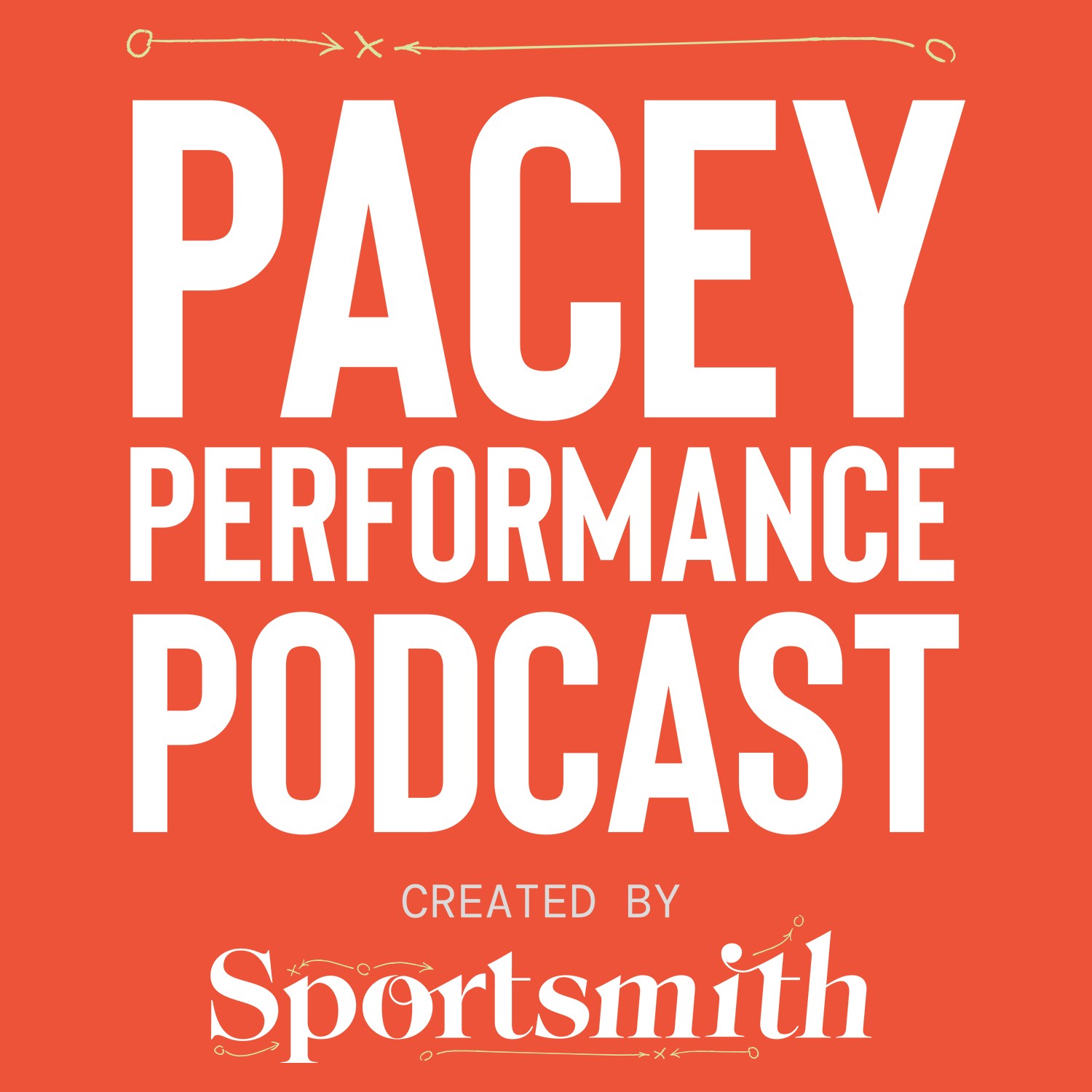Listen "Building a rehab running framework to maximise performance and minimise re-injury with Simon Harries"
Episode Synopsis
This week’s guest on the Pacey Performance Podcast is Simon Harries. Simon is a leading Strength and Conditioning coach and sports scientist, having worked for 14 years across all four contact codes in Australia (Rugby League, Rugby Union, Rugby Sevens and AFL). For half that time, he’s also been a rehab coordinator before moving to a new role as Head of Strength and Conditioning at the New South Wales Institute of Sport.
Recently, Simon’s article on his rehab running framework was published on Sportsmith. Here, he talks about how that framework came into being and the process he went through to develop it. One problem he found as an S&C coach was the gap between learning how to coach athletes to push themselves, and the practicalities of helping an athlete return from injury. In his rehab running framework, he’s provided structure for coaches to follow to bridge this gap.
Simon speaks with Rob about the different facets of his framework, including its basic structure, with examples of how it can be used for hamstring and calf injuries. He explains some easy drills to use during rehab, plus how to assess athlete process and when to change the level of training required when an athlete gets to a certain condition. There’s technical information too, such as the regression progression continuum of exercise, resistance training, and isometrics. For all this and more, hit the play button now.
This week’s topics:
How Simon designed the rehab running framework
The gap between S&C education and practical rehab
The basic structure of the rehab running framework
An example of how the framework works with hamstring injuries
Early drills to use during hamstring rehab
Assessment methods to use
The differences in rehab for different muscle groups
Regression progression continuum of exercise, and resistance training
Where isometrics fit in
Recently, Simon’s article on his rehab running framework was published on Sportsmith. Here, he talks about how that framework came into being and the process he went through to develop it. One problem he found as an S&C coach was the gap between learning how to coach athletes to push themselves, and the practicalities of helping an athlete return from injury. In his rehab running framework, he’s provided structure for coaches to follow to bridge this gap.
Simon speaks with Rob about the different facets of his framework, including its basic structure, with examples of how it can be used for hamstring and calf injuries. He explains some easy drills to use during rehab, plus how to assess athlete process and when to change the level of training required when an athlete gets to a certain condition. There’s technical information too, such as the regression progression continuum of exercise, resistance training, and isometrics. For all this and more, hit the play button now.
This week’s topics:
How Simon designed the rehab running framework
The gap between S&C education and practical rehab
The basic structure of the rehab running framework
An example of how the framework works with hamstring injuries
Early drills to use during hamstring rehab
Assessment methods to use
The differences in rehab for different muscle groups
Regression progression continuum of exercise, and resistance training
Where isometrics fit in
More episodes of the podcast Pacey Performance Podcast
Debunking common misconceptions around training and testing the foot and ankle with Romain Tourillon
01/05/2025
Adopting an adaptations-led approach to programming strength and power training with Alex Wolf
16/04/2025
 ZARZA We are Zarza, the prestigious firm behind major projects in information technology.
ZARZA We are Zarza, the prestigious firm behind major projects in information technology.
